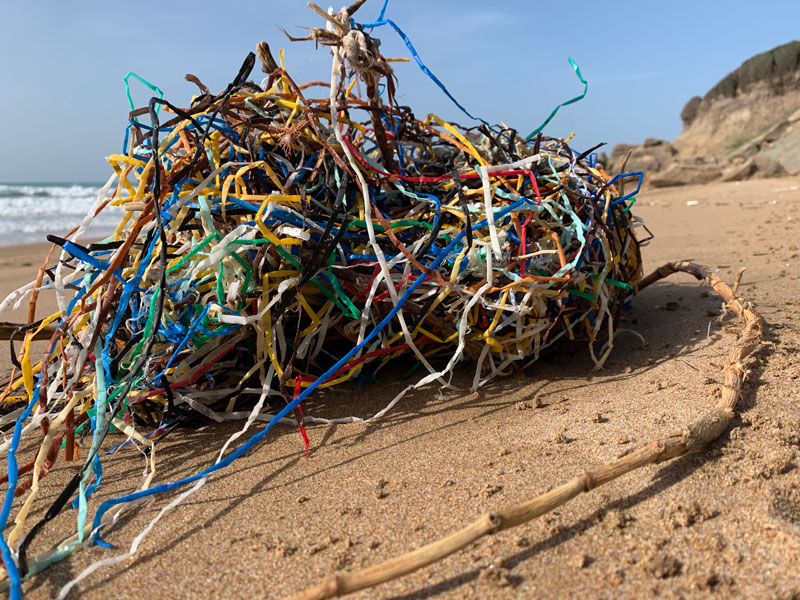
Plastic pollution. Photograph: © SAF — Coastal Care.
“The unprecedented plastic waste tide plaguing our oceans and shores, can become as limited as our chosen relationship with plastics, which involves a dramatic behavioral change on our part…”
— Claire Le Guern, author of “When The Mermaids Cry: The Great Plastic Tide” ©.
Excerpts;
Awards season is an opportunity for stars to send a message. Sustainable fashion consultants would like to see a blanket ban on sequins.
They “are made from toxic, petroleum-based plastics which pollute our living planet and persist for hundreds of years”
While sequins on the high street might be more damaging in terms of scale, frequency of washing and lifespan, sequins on the red carpet send a strong message…
Read Full Article, The Guardian UK (02-07-2020)
How plastic waste moves in the environment; Science Daily (11-27-2018)
A researcher for the first time has modeled how microplastic fibers move through the environment…
Sea anemones are ingesting plastic microfibers; Science Daily (03-28-2019)
Video captures moment plastic enters food chain, BBC News (03-11-2017)
A scientist has filmed the moment plastic microfibre is ingested by plankton, illustrating how the material is affecting life beneath the waves. The footage shows one way that plastic waste could be entering the marine and global food chain…
Microplastic pollution revealed ‘absolutely everywhere’ by new research; Guardian UK (03-06-2019)
Microplastic pollution spans the world, according to new studies. Humans are known to consume the tiny plastic particles via food and water, but the possible health effects on people and ecosystems have yet to be determined…
Plastic pollution: When The Mermaids Cry: The Great Plastic Tide, Coastal Care – ©2009
” Plastic is versatile, lightweight, flexible, moisture resistant, strong, and relatively inexpensive. Those are the attractive qualities that lead us, around the world, to such a voracious appetite and over-consumption of plastic goods. However, durable and very slow to degrade, plastic materials that are used in the production of so many products all, ultimately, become waste with staying power. Our tremendous attraction to plastic, coupled with an undeniable behavioral propensity of increasingly over-consuming, discarding, littering and thus polluting, has become a combination of lethal nature…”









